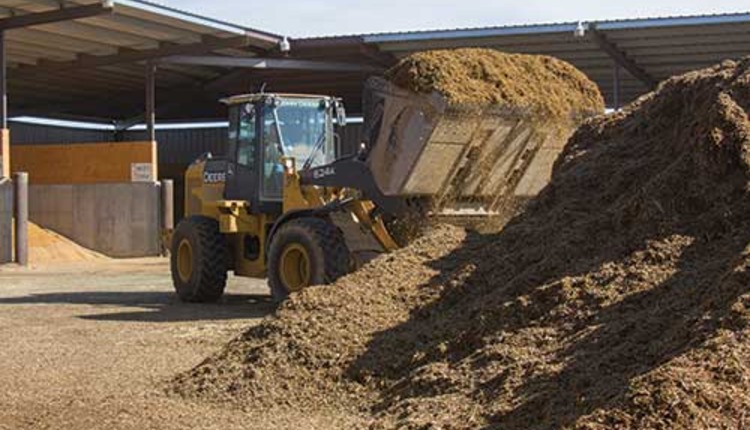
Higher butterfat prices should lead to heightened butterfat supply, right? It has, and has resulted in dramatic boosts in annual butterfat production, driven by both genetic gains and nutritional changes. But what are the economic consequences of these changes at the herd level?
First, we must distinguish between strategic and tactical butterfat production. Strategic butterfat production represents the inherent butterfat production by cows on a base diet and current genetics without the intentional use of specific fat-enhancing additives or stimulants. Strategic butterfat production, then, only needs to consider the nutritional costs associated with a unit of butterfat output. There is no uncertainty on the level of output: it is a given. This makes the assessment of the economics of strategic butterfat production relatively simple.
Based on the 2001 Nutrient Requirements of Dairy Cattle, the production of 1 pound of butterfat requires 4.25 megacalories (Mcal) of net energy for lactation (NEL), 0.17 pound of metabolizable protein (MP), 1.13 pounds of effective neutral detergent fiber (eNDF), and 0.38 pound of non-effective neutral detergent fiber (neNDF).
One is left with determining the average market costs of these four key nutrients across a wide array of feedstuffs. Examining the decade spanning from 2015 to the end of 2024, SESAME software, which uses hedonic pricing models, provides estimates for these costs in the United States. Over this 10-year span, the costs for these four nutrients have averaged
- 10 cents per Mcal for NEL (ranging from 6 to 18 cents)
- 30 cents per pound for MP (ranging from 10 to 60 cents)
- 5 cents per pound for eNDF (with a range of less than 4 to 10 cents)
- Less than 5 cents per pound for neNDF (ranging from less than 20 to 10 cents)
Now, let’s compare these nutrient costs with the revenue generated by butterfat. Over the same 10-year period, the average price of butterfat has been a robust $2.54 per pound, fluctuating between a minimum of $1.32 per pound and a maximum of $3.71 per pound.
Putting these figures together reveals a striking benefit: On average, producing 1 pound of strategic butterfat over the past decade generated $2.54 in additional gross income while requiring an average of only 52 cents in nutrient costs. This resulted in a substantial average marginal net income of $2.02 per pound of butterfat. Importantly, the marginal returns to strategic butterfat production have always been positive. For dairy nutritionists advising producers on baseline feeding strategies, the message is clear: The economic benefit of strategic butterfat production is simply a no-brainer.
However, the economics of tactical butterfat production are entirely different, simply because the outcome is not known with certainty. Decision-making under uncertainty is very different because the outcome is probabilistic as opposed to deterministic. Therefore, there is an inherent calculus shift that must be done when we consider tactical butterfat production, or the use of specific feed additives to boost fat production. The response to fat stimulants like palmitic acid or methionine analog varies, and it is this variation in the outcome that makes the assessment of the economic benefits far more complex.
Butterfat response varies under the differing situations unique to each herd and animal, including breed, stage of lactation, parity, and other individual unknowns. Therefore, making decisions about tactical butterfat requires a more nuanced approach than simply looking at average benefits. The inherent uncertainty requires a deeper dive, which I will be exploring during the upcoming American Dairy Science Association (ADSA) annual meeting’s “Putting science into practice: applied nutrition platform session and symposium." Join my session on Monday, June 23, 2025, to delve into specific examples of supplementing palmitic acid, followed by a panel discussion on formulating diets for fat.
Until then, keep in mind that supplementing for fat deserves some caution and a close look at the unique situation of a given herd.






